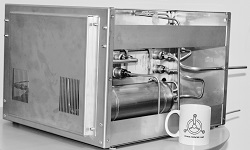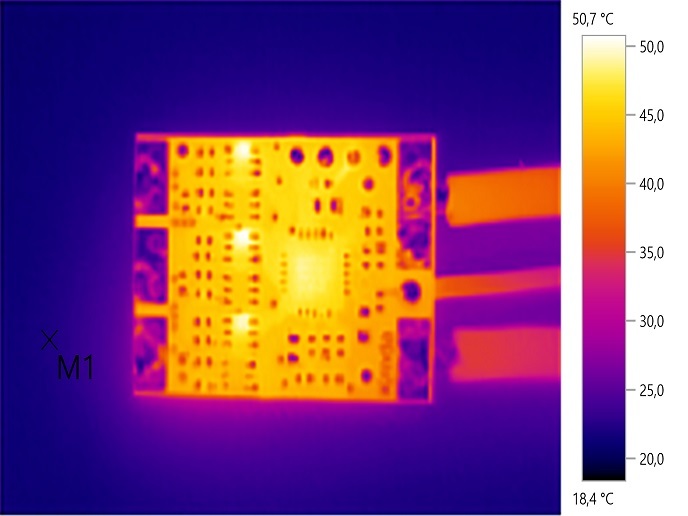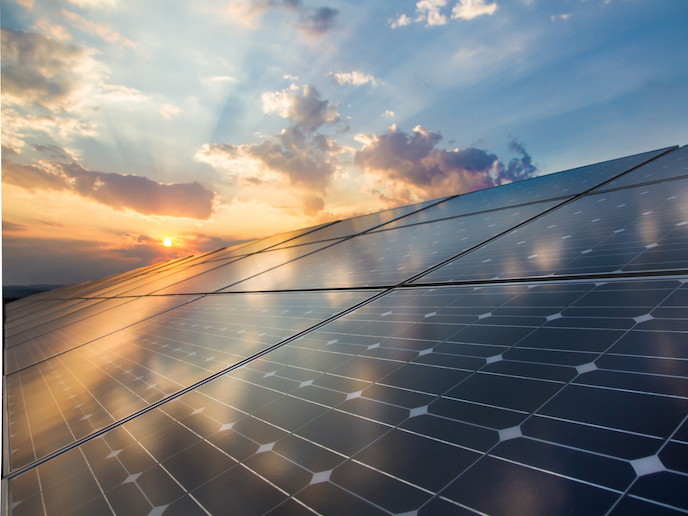Assessing the efficiency of plastics and metals
The EEE sector is one of the biggest industries in the EU and worldwide. The demand for smaller and lighter electronic devices has raised the false perception that such technologies are intertwined with low material requirements and low energy-intensive processes. For instance, a 2 gramme microchip requires about 630 times its mass of fossil fuel and chemical inputs. Work through the project 'Cradle-to-gate and efficiency studies of major materials used in electrical and electronic equipment' (C2GE3E) helped provide a better view of the material and energy requirements for producing EEE components and of the waste generated throughout their lifespan. To calculate material energy efficiency, scientists used the exergy concept. Exergy is a way of describing how much of a given quantity of energy can theoretically be converted to useful work. Scientists devoted efforts to performing mass balances and exergy analyses of more than 60 industrial chemicals that are used for producing plastics for EEE components. The obtained results were then used to estimate the exergy efficiency of the process chains of five different plastics. Depending on whether processes are considered isolated or integrated as part of a multi-product process chain, the efficiency can greatly vary. Through a mass flow analysis, scientists provided important insight into the future supply and production of scarce metals. Both should depend on increasing the recovery rate from attractor metals, improving extraction efficiencies and enhancing recycling, given that scarce metals occur on dispersed-element ores. Results from rare earth production demonstrated that the greatest loss of such elements occurs during mining and the beneficiation of minerals. Scientists also illustrated a possible way to explore the metabolism of each metal by using lithium as an example. Project work included a case study based on a multifunctional mobile phone that uses scarce metals. C2GE3E findings should have major impact on metal recycling companies. As a result, they are expected to focus on developing processes that allow recovering a tiny amount of metals embodied in products such as mobile phones, laptops and flat-screen displays.







